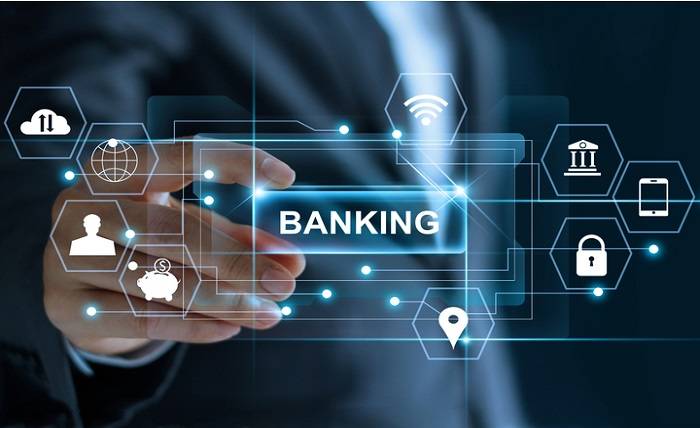Cybersecurity and Technology Risk in Virtual Banking

Virtual banking is reshaping how people access financial services. Customers now have the power at their fingers to perform various banking tasks without leaving the comfort of their homes. This has enhanced the banking experience for the modern consumer. However, virtual banks rely on technology and the internet, which makes it prone to a number of technological and cybersecurity risks. Shedding light on these risks creates awareness to both the customers and service providers. This way, each can take responsibility and know which role to play in preventing these risks for a more secure digital banking. To this end, here are some of the key cybersecurity and technology risks that virtual banking faces. wikibiofacts Famous Peoples Biography, Family, Net Worth
Cybersecurity threats
Cybersecurity has been a prevalent issue in the banking sector for so long due to the massive data that banks hold. The entry of banking into the digital platform has opened up more entry points for malicious people. Cybercriminals are on the lookout for weak points in the systems to cash on credit card information and other data that is being transacted online. Some cybersecurity threats to digital banking include malware attacks, spoofing, phishing, and ransomware attacks among others. Digital banking providers need to step up and adopt highly effective cyber defense tools to keep their customers’ data secure.
Governments and banking regulators are rising up and encouraging banks to continually carry out systems supervision to ensure enhanced security. For instance, digital banks in Singapore are required to adhere to strict regulations. This coupled with various security standards that are market differentiators is leading to effective cybersecurity in virtual banking in the country.
Third party risk
In a bid to offer faster transactions and enhanced customer experiences, digital banking requires a number of technologies such as AI, APIs, biometrics, blockchain, and more. These technologies are adopted from 3rd party vendors. However, not all vendors are regulated. Virtual banks need to be aware of risks such as deficiencies in the system or the technologies not functioning as intended. Unfortunately, the responsibility for the risks cropping from these technologies lies squarely on the banks. For this reason, banks offering virtual banking need to have cyber control policies in place that third-party vendors need to adhere to. They should also work with their legal advisors to give these vendors legal terms in regards to the information security provisions of the technologies.
Employee behavior risk
Poor cybersecurity practices by bank employees from all levels including senior management can compromise the security of customers’ data. If an employee clicks on a malicious link, opens a phishing email, or answers a social engineering call, it can lead to cyber criminals laying their hands on customers’ confidential data held in the virtual banking system. Virtual banking services providers can counter this by creating awareness of cybersecurity among employees. Training on cybersecurity best practices across the organizations is paramount.
Customer behavior risk
Just like employees, customers can also put their information at risk with poor cybersecurity practices. Clicking on malicious links, reusing passwords, and more are just some of the practices that cybercriminals target. Virtual banking providers can mitigate this by integrating built-in security functions in the systems. Anything from multi-factor authentication while accessing accounts to prompts when reusing passwords can go a long way in preventing this risk. Additionally, cybersecurity awareness is equally important among customers. Providers can ensure sharing of cybersecurity content with customers.
Technology stability and resilience risk
As said earlier, virtual banking relies on technology. However, if the technology in use is unstable it can be hard to withstand increased usage capacity. For instance, if a promotional campaign attracts more people than expected, there are bound to be capacity issues. Unfortunately, such incidents can cause financial loss for the users and risk damaging the reputation of the bank. Banks have the task of ensuring speedy incident response to minimize loss. Moreover, tracking the triggers to identify the root causes helps in mitigating the issue.
Conclusion
Virtual banking is a welcome innovation among the modern consumer. Just like online shopping, virtual banking is convenient and allows customers to carry out their financial tasks from wherever they are. However, it is not without cybersecurity and technology risks owing to its overreliance on technology. Banks and customers alike need to be aware of risks such as customer/employer behavior, third party, technology resilience, and cybersecurity attacks among others.




